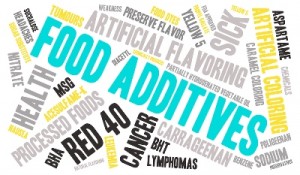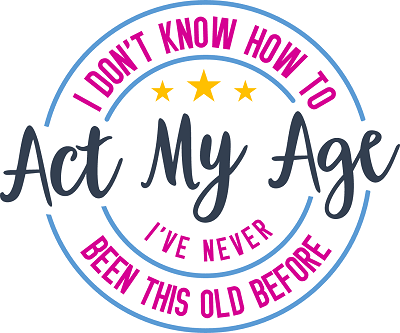 MSG or monosodium glutamate is an extremely common food additive. It’s used to add or enhance flavor in a variety of prepackaged and restaurant foods.
MSG or monosodium glutamate is an extremely common food additive. It’s used to add or enhance flavor in a variety of prepackaged and restaurant foods.
Unfortunately, while the US government and other countries deem it safe, it can cause a number of health issues for sensitive people. The most common health issue is migraine headaches.
However, people can suffer from stomach distress as well. Some theorize that MSG causes obesity, neurological problems, cancer and diabetes.
While none of this has been proven scientifically many people still prefer to avoid this chemical that’s found in many foods. The biggest problem with MSG is that it’s too difficult to tell if it’s in your food.
While some labels do outright list MSG as an ingredient, many food manufacturers label MSG as “artificial flavors” in the ingredient list. This can certainly be deceiving. You can also find MSG in the following food ingredients:
- Hydrolyzed vegetable protein
- Hydrolyzed protein
- Hydrolyzed plant protein
- Plant protein extract
- Sodium caseinate
- Calcium caseinate
- Yeast extract
- Textured protein
- Autolyzed yeast
- Hydrolyzed oat flour
Additionally, you’ll find MSG in malt extract and malt flavoring, bouillon, broth and stock and anything that’s labeled “Flavoring,” “natural flavoring,” or “artificial flavoring.” It can even simply say “seasoning” or “Spices.”
As you can see, it’s tough to know if you’re eating MSG or not. The safest bet is to assume if the food label says anything about seasonings or flavorings it has MSG.
Finally, sometimes certain additives contain MSG but are not labeled specifically so it’s tough to make a decision. Your food label might say it has: Carrageenan, Enzymes, Soy Protein Concentrate, Soy Protein Isolate or Whey Protein Isolate and be 100% free of MSG or contain it.
The problem is there is just no way to know. It’s not required to be listed specifically on food labels.
Common Foods with MSG
There are many foods where you can assume they have MSG unless the label specifically says it does not. These foods include but are not limited to:
- Soups
- Broths
- Sauces
- Gravies
- Spice blends
- Salad dressing blends
- Canned and frozen meats
- Ready-to-eat food
- Salad dressings
- Ketchup
- Soy sauce
- Many snacks including snack mixes chips and crackers
- Some processed cheeses
- Instant noodles or noodle dishes
The best way to avoid MSG is to eat fresh produce. Fresh vegetables, fruits, whole grains and unflavored nuts and meats generally do not contain MSG. If you must purchase packaged or prepared foods make sure to read the label very carefully.
MSG is often hidden under a variety of names. Unless a package specifically says MSG free you are safer to assume it contains MSG.


